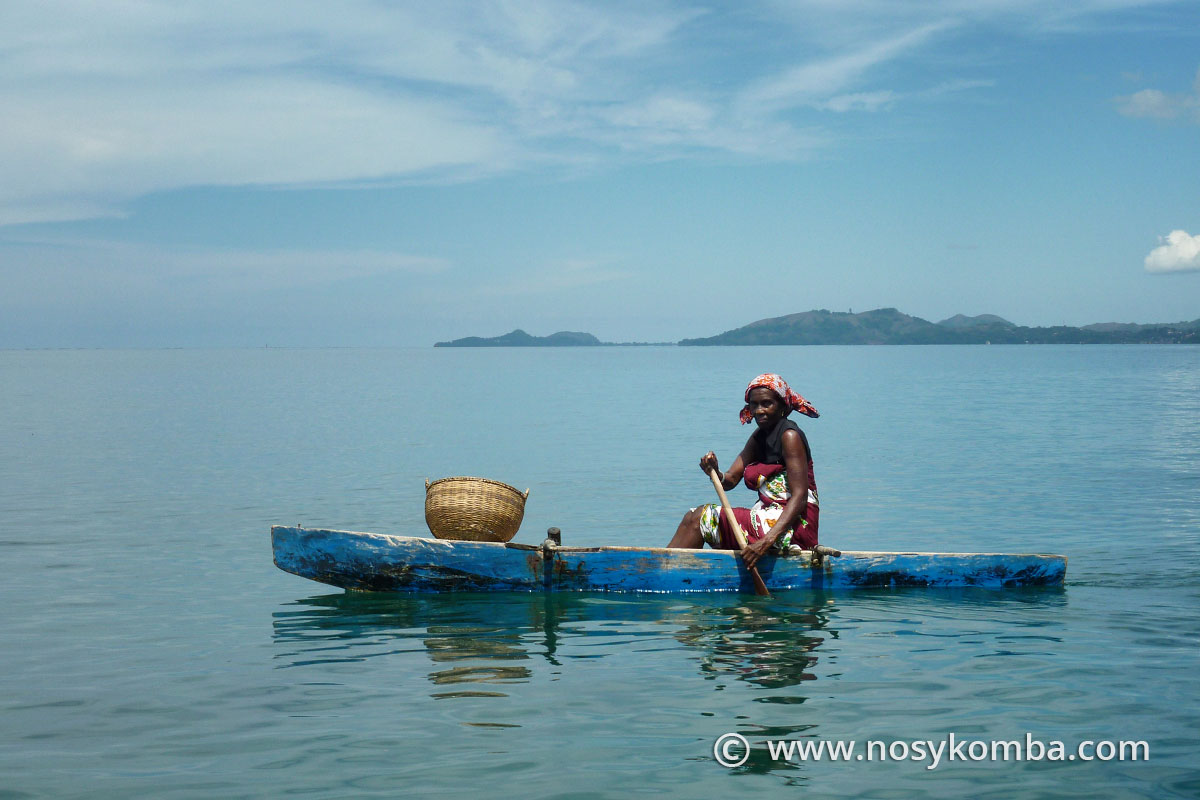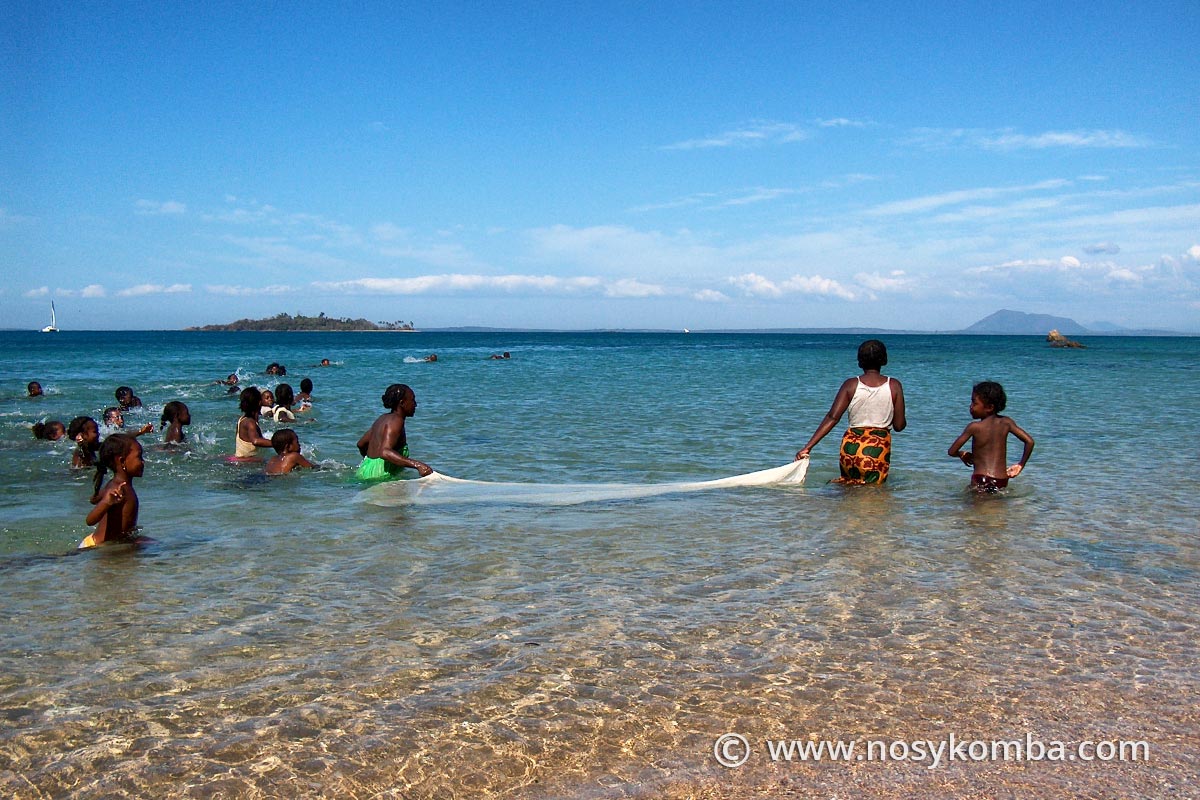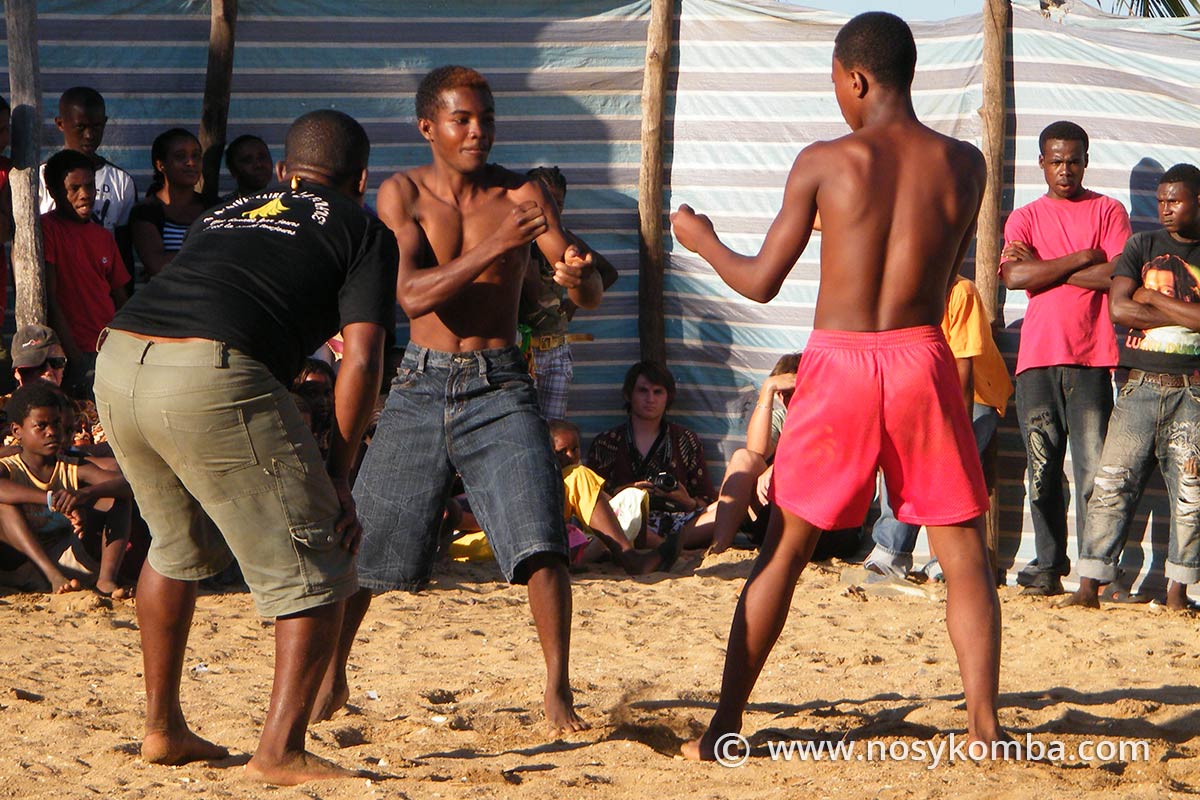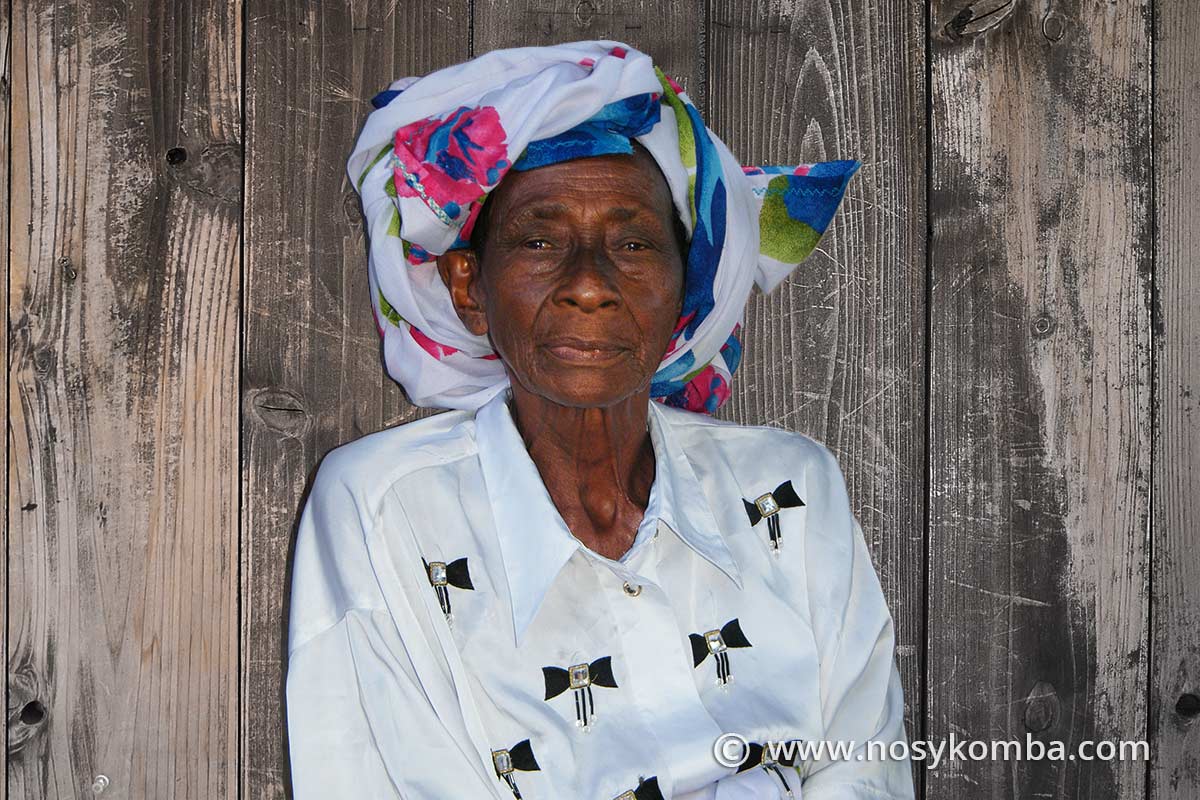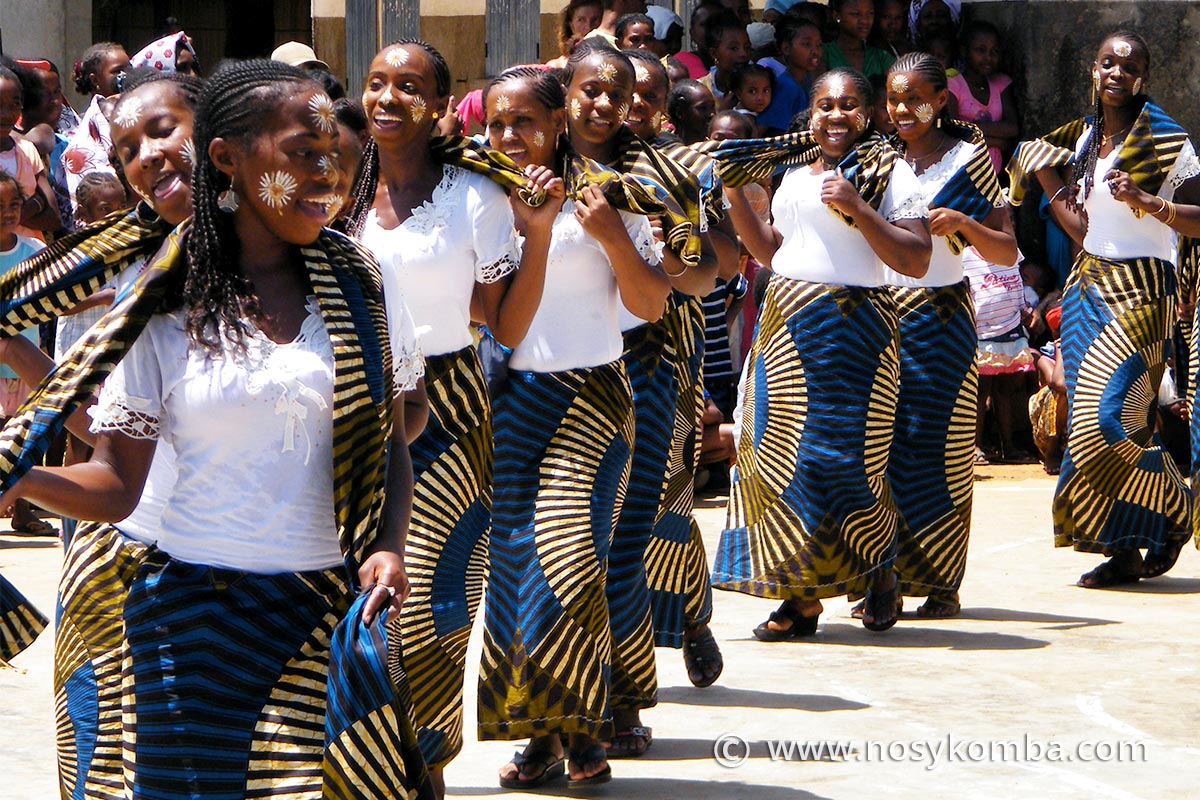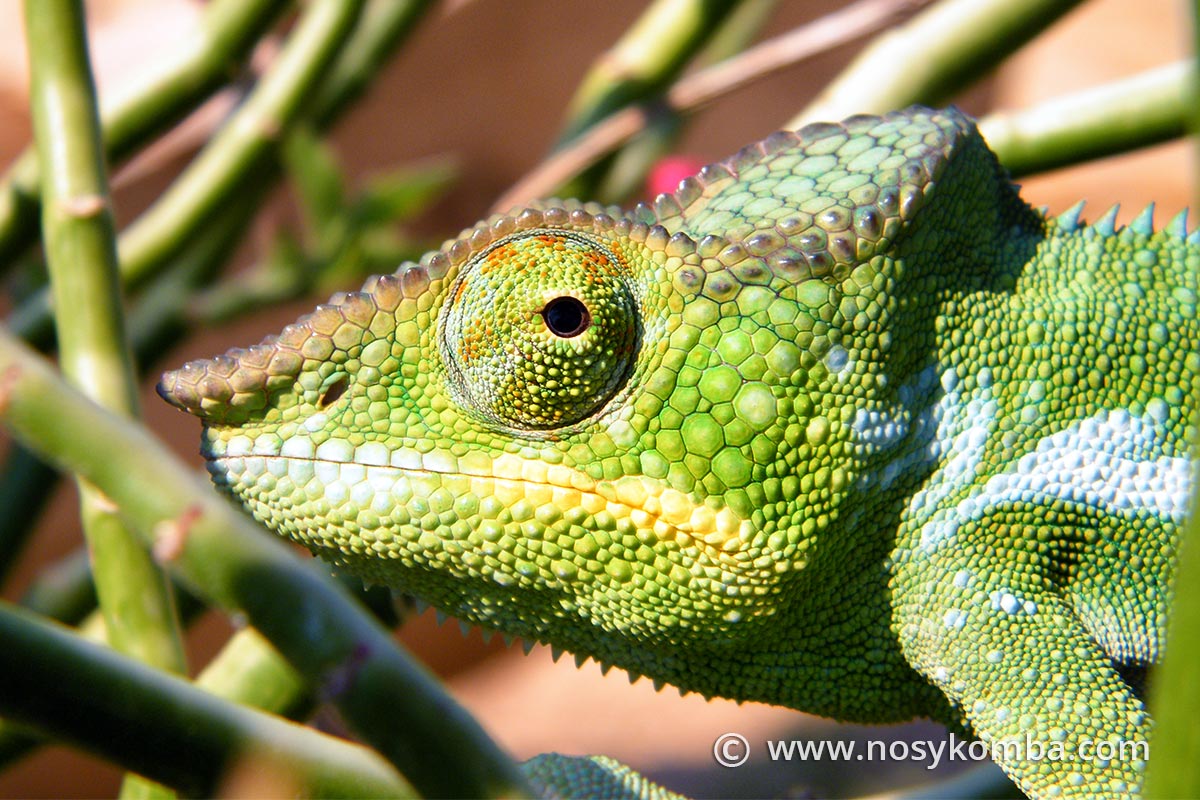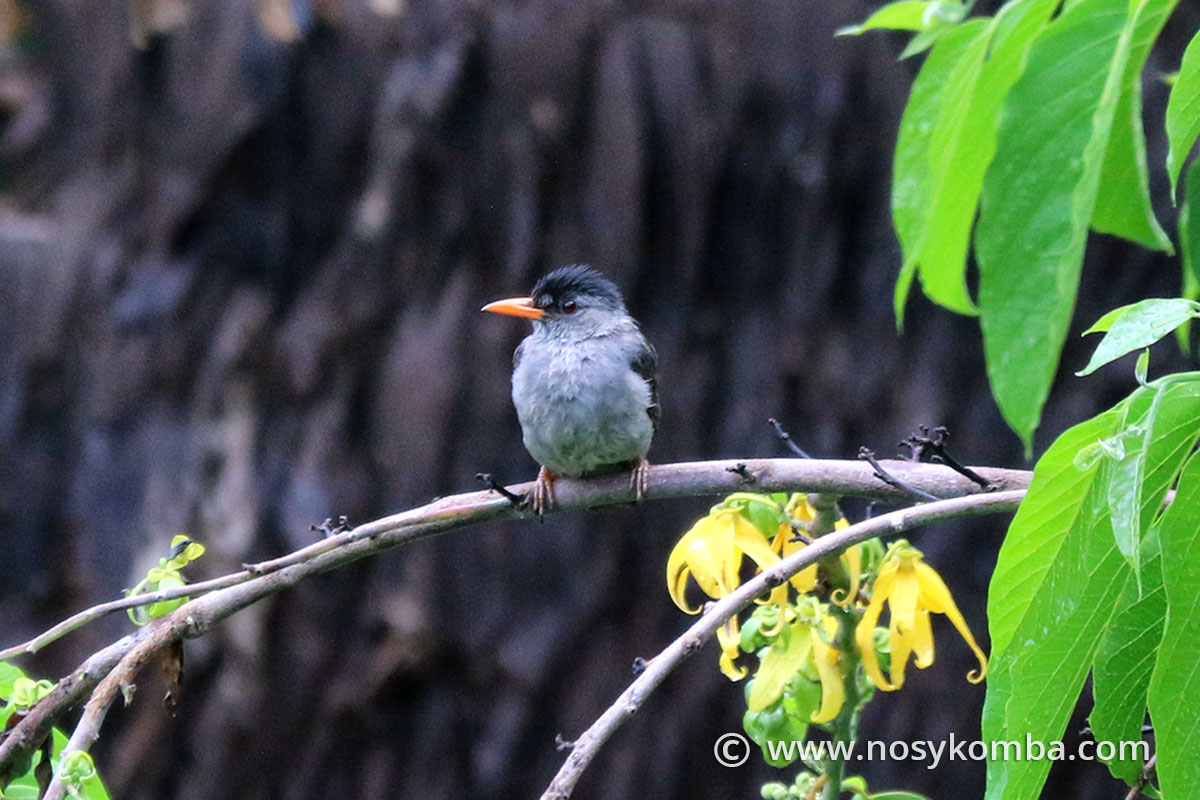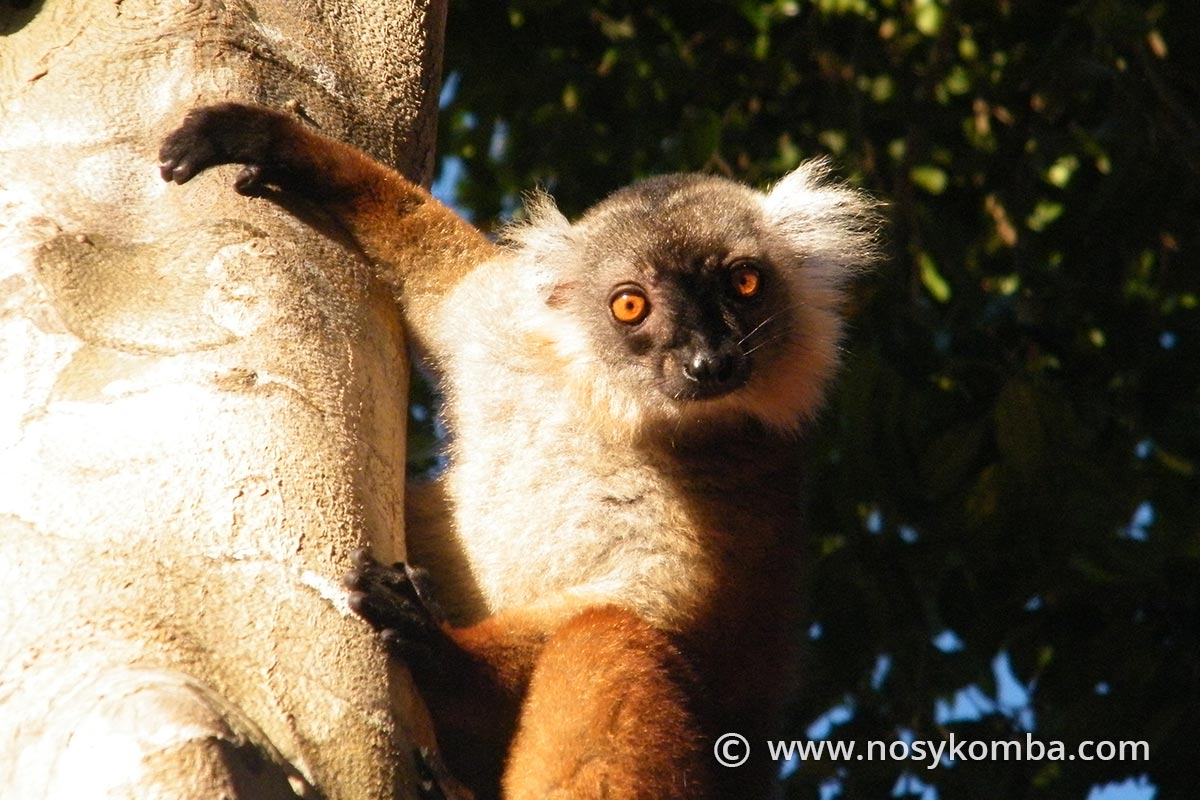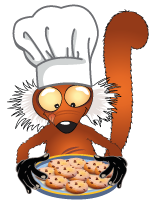The traditional Sakalava pirogues are the way to move the most widely used on Nosy Komba island.
CULTURES AND TRADITIONS
The exploitation lasted a few decades and was abandoned in the late 1970s. The lands of the heights of Nosy Komba were also exploited for the culture of rice. But at the end of the twentieth century, just like the ylang-ylang plantations, the rice fields were abandoned and replaced by other plantations, notably cassava, banana trees, cocoa trees, coffee trees and since a few years vanilla.
With the arrival of tourists, from the 1980s onwards, many families left the mountains to settle on the coast. Villages were formed, attracting more and more people to take advantage of the new tourist boom.
With the local handicrafts, and the small hotel and restaurant structures proposed by the locals, Nosy Komba quickly became a must-see destination for visitors.
Many foreign and Malagasy investors seduced by the beauty and tranquility of the island have settled there to set up hotels.
Today, Nosy Komba is one of the most visited islands of Madagascar.
However, in recent years, the mountain has been repopulated. Many of them, not being able to live on tourism alone, have returned to the land. Vanilla cultivation has become one of the main activities. Hectares of plantations extend from one end of the island to the other.
Because of its bewitching perfume, its delicate flavour, as well as the undeniable quality of its pods, the vanilla of Nosy Komba is more and more coveted. The collectors coming from all the northern region of the country negotiate each year, during the big market which takes place in May, the price of the precious vanilla pods.
Fishing
Fishing is the edge but also along the shores in pirogues and offshore for pelagics.
Môrengy and dust bal
On feast days and some weekends, you can attend a môrengy in the afternoon, and then when night falls, go dancing and have fun at the “dust bal” a dance party until daybreak.
Royal Lineage and Rituals
The inhabitants of Nosy Komba are very respectful of traditions and ancestral rituals.
Women’s Day
In March, the women of Nosy Komba celebrate International Women’s Day.
The villages
Visit Nosy Komba villages…
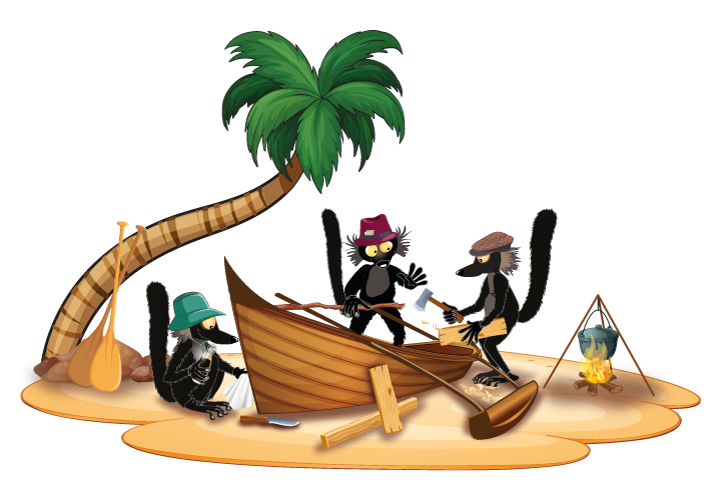
On a different theme…
Amphibians and reptiles
There are about twenty different amphibians (batrachians) and reptiles on the island of Nosy Komba.
The birds
There are more than twenty species of birds on the island of Nosy Komba.
Maki Macaco
Many lemurs macaco are living in Nosy Komba. There are several mixed groups led by females.
